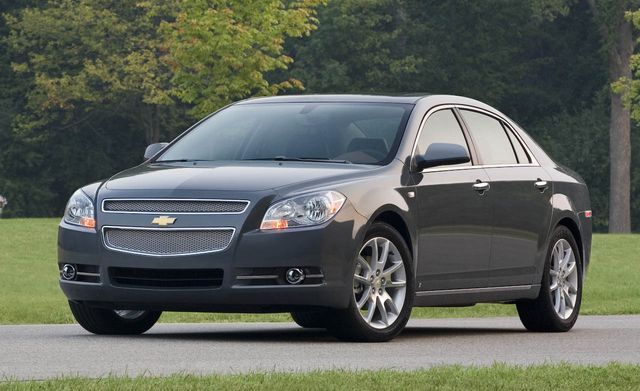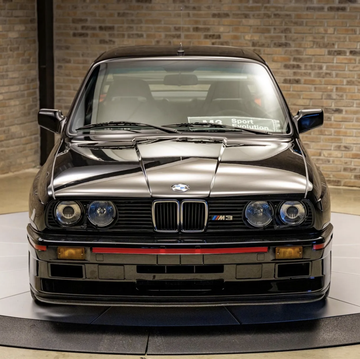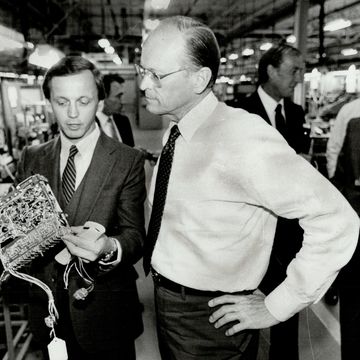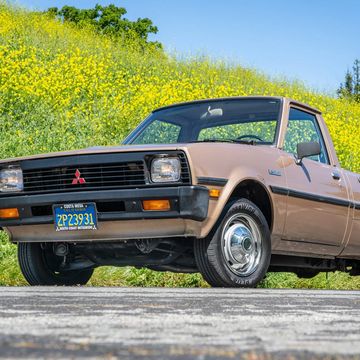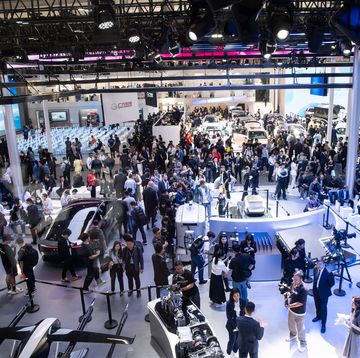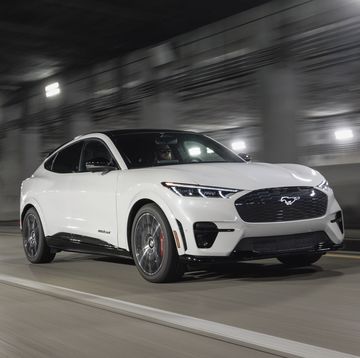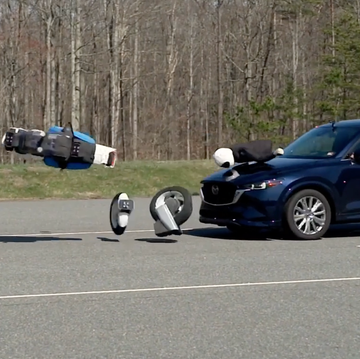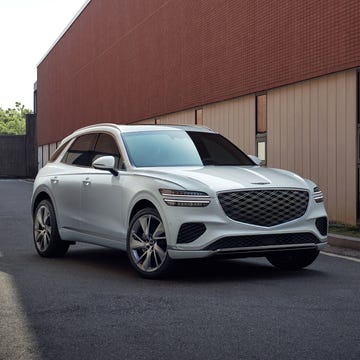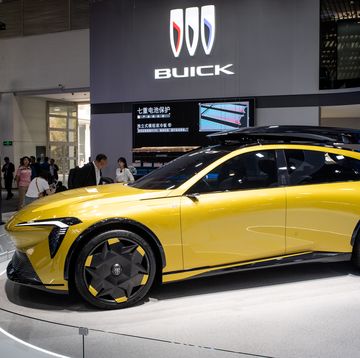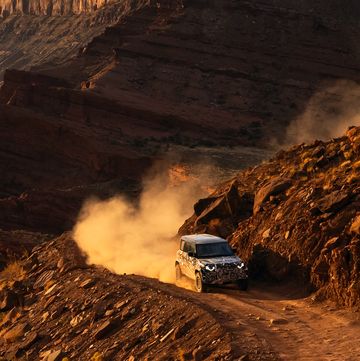General Motors has started shipping its first batch of 2008 Chevrolet Malibu LTZs to dealers with a four-cylinder gasoline engine and six-speed automatic transmission—a combination the automaker says will increase EPA fuel efficiency by 2 mpg in highway driving.
The move is not a surprise. GM told us last summer as it prepared to launch the all-new Malibu that it recognized a growing consumer appetite for four-cylinder power in the face of increasing gasoline prices. With 70 percent of Malibu buyers opting for the smaller engine, executives are abandoning the old paradigm where the highest trim level, the LTZ, was synonymous with V-6 power. The LTZ accounts for between 25 and 30 percent of total Malibu sales.
In this mid-2008 change, the LTZ is now offered with a 169-hp, 2.4-liter four cylinder Ecotec engine, and it becomes a segment-first by pairing it with a six-speed automatic. The sedan is distinguished by its single, chrome exhaust outlet and 17-inch “Chrometec” wheels.
Beats Camry and Accord on Highway
Fuel economy in highway driving increases by 2 mpg to 32 mpg, GM says, which beats the 31-mpg figure posted by both the Honda Accord and Toyota Camry. City mileage is unchanged at 22 mpg for the Malibu, a figure that matches the Accord and Camry.
When the 2009 Malibu launches in June, the six-speed automatic will be made available in the lower LT trim as well. The 2009 Saturn Aura and Pontiac G6 also will get the transmission, which was developed in-house by GM.
It is a smaller variant of the six-speed developed with Ford that GM offers in other vehicles with its 3.6-liter V-6. The Malibu is the first to use this new smaller six-speed, the 6T40, which is built in Korea. It will also be used in the Buick LaCrosse in China as well as the Daewoo Tosca/Chevy Epica sold in Asia and Europe.
To Be Built in the U.S
In 2010, GM will source the transmission from a new plant in Toledo, Ohio, for the North American market. As the six-speed’s use ramps up, it will replace the four-speed automatic in the Malibu lineup, says Mike Meloeny, the Malibu’s chief engineer.
The new addition to the LTZ family starts at $26,545. Ed Peper, Chevrolet general manager, says the average transaction price of the new Malibu lineup is about $21,000—$4000 more than the average cash outlay for the previous-generation sedan.
Peper says the other encouraging statistic is that 42 percent of Malibu sales are for higher-equipped models. And continued strong sales mean the sedans sit on the lot for an average of 31 days, which is an impressive turnover rate—one the previous Malibu likely never saw.
In its first six months on the market, the 2008 Malibu is enjoying a 38 percent conquest rate, and the vehicle most often taken in on trade is the Toyota Camry, Peper says.
The Chevy chief says he is pleased that data so far shows the new Malibu is not cannibalizing sales of the larger Chevy Impala. Combined, they sold about 25,000 units in March, split about 50/50, although Peper expects the Malibu to outsell the Impala going forward.
And he says GM is close to a decision on whether to keep the Impala front-wheel drive as opposed to the recent plan to go rear-drive—a plan that seems to be all but scuttled with proposals to meet new national CAFE standards of 35 mpg for cars and trucks combined by 2020, an increase of 40 percent. Also, any depreciation in the Impala’s 29-mpg highway rating would run contrary to Chevy’s efforts to position itself as a green brand, perpetuated by a growing number of hybrids, the currently available Equinox fuel-cell vehicle, and the coming Volt plug-in electric vehicle.
In continued boasting, Peper says the Malibu is on track to be one of the lowest-cost warranty launches in GM North America’s history.
